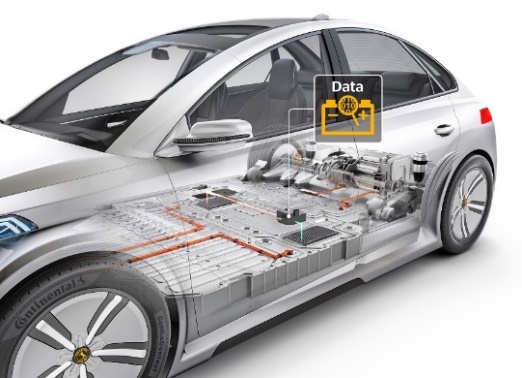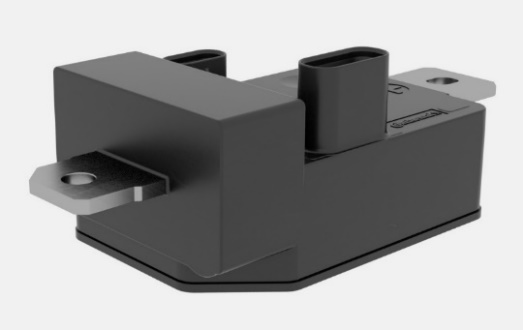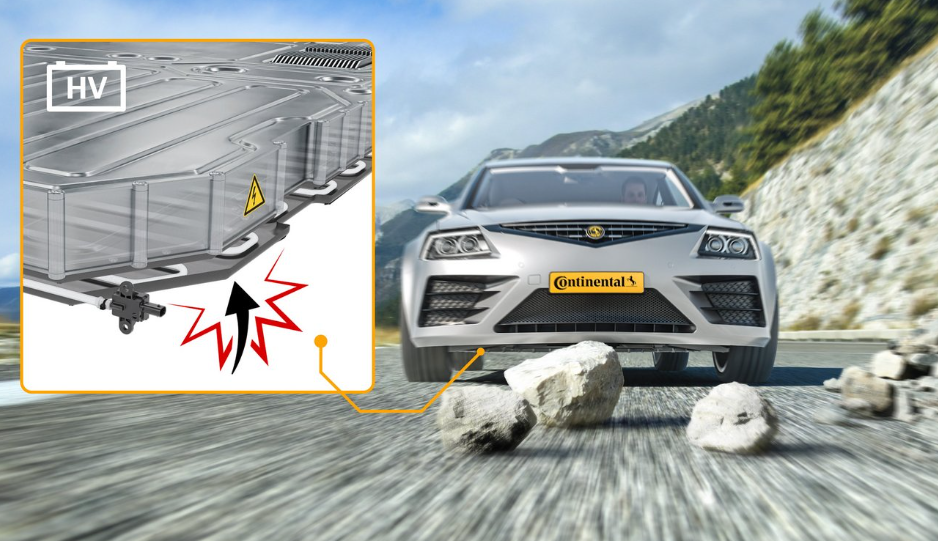Continental is launching new sensors to protect the battery of electric vehicles. The new sensors will widen its broad sensor portfolio even further. The two new sensors will focus on protecting the battery and the battery parameter retention. The new sensors are – The Current Sensor Module (CSM) and the Battery Impact Detection (BID).
Continental says the new CSM will go into series production within this year. The first application will be in a global manufacturer’s state-of-the-art electric vehicle. However, the company does not reveal the name or additional details.
Current Sensor Module (CSM) – Details
The battery is the single most expensive component in an electric vehicle. Hence, Continental developed the CSM to protect the battery from overcurrents. Additionally, the CSM can also help retain the battery parameters by limiting the ageing effects. The CSM integrates either in the battery itself or the battery disconnect unit. The sensor provides two decisive bits of information for reliable driving range monitoring and battery protection. For strict functional safety requirements, the CSM will be available as a two-channel sensor. It will measure current independently. It will integrate shunt technology and hall technology in a single, compact unit.
One of the other advantages of the CSM unit is it helps calculate the precise remaining range by monitoring the current consumption. The sensor also optimizes the charging efficiency. In addition to this, the CSM can also detect mechanical malfunctions. A mechanical malfunction can lead to a fire if undetected.
Battery Impact Detection (BID) – Details
Typically, the lithium-ion battery is integrated into an underfloor position in electric vehicles. The weight and position of the battery contribute to a low centre of gravity. Additionally, the vehicle structure protects the battery well in this position. However, there are two potential exceptions. At high speeds, objects such as lashing straps which are swirled up can damage the underfloor. Another is at low speeds when contact can happen with the ground during a parking manoeuvre.
Therefore, electric vehicles typically come with a large and often heavy cover. The cover helps protect the underside of the battery compartment. However, if an impact does occur, the driver needs to judge if it is severe or not. Continental says this is not a satisfying solution as there is poor visibility underneath the car. The company further adds that it takes a trained eye to access the actual damage.
The BID sensor, in combination with a lightweight structure, detects underfloor impacts. The BID system then alerts the driver if a stop at a garage is necessary. The system relieves the driver of the challenging decision of whether the impact at a low-speed ground or high-speed contact may have damaged the battery. Additionally, the BID can also identify the area of the damage so that the battery management can empty the cells. Compared to current metal underfloor protection, the BID can save up to 50 per cent weight.
Also Read: Continental’s driver-centric V-Shaped display is gaining popularity




